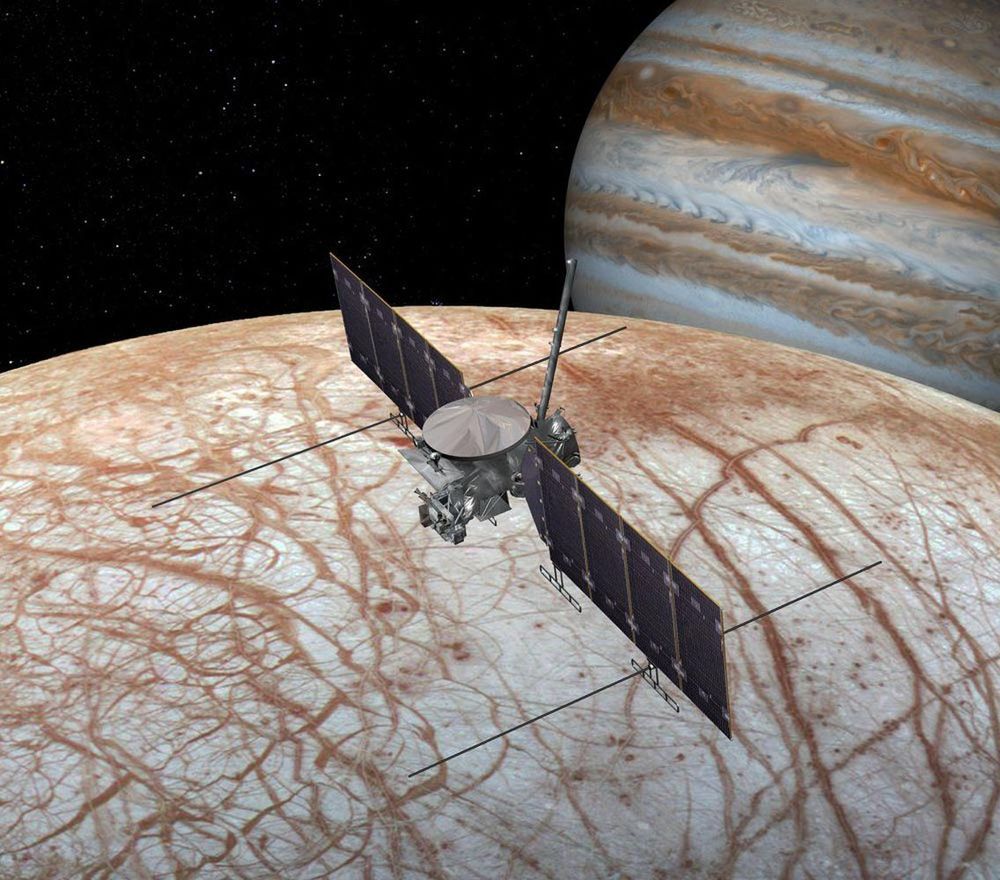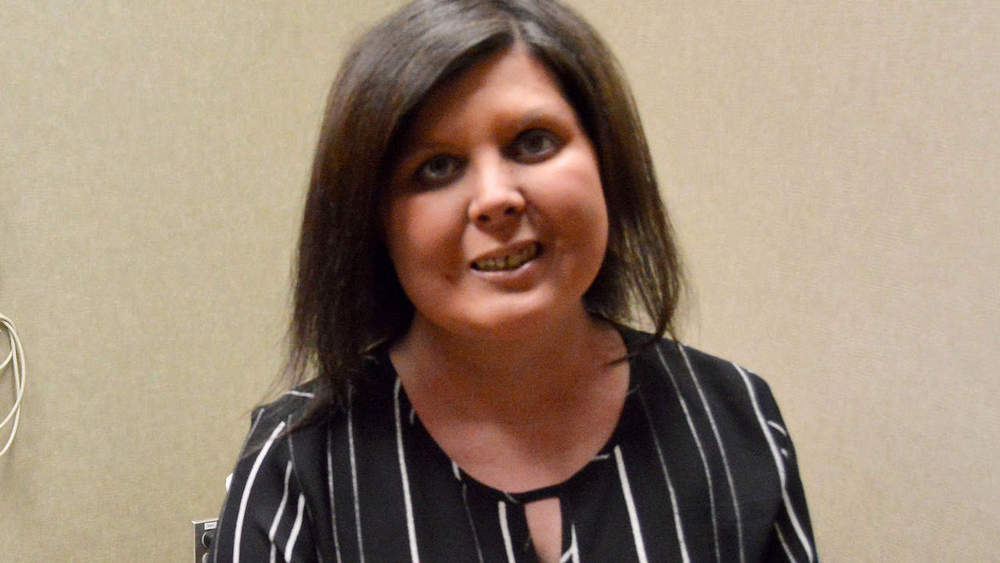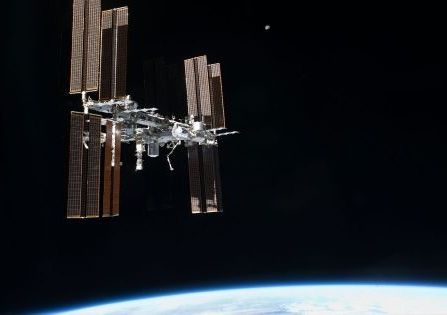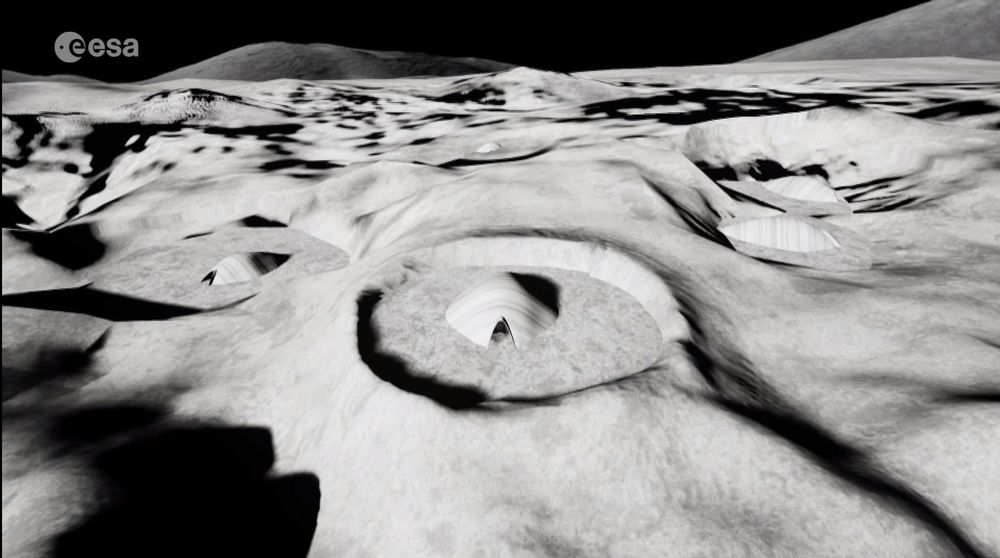Spawned from the Google Lunar X Prize competition, the privately funded SpaceIL organization plans to shoot for the Moon in the next month.
What actually occurs in a superposition—the strange condition in which entities seem to be in two or more places or states at the same? This is the root question in quantum mechanics, and the answer was unknown until now. In a new research paper, a joint team of researchers from Israel and Japan, has described a novel experiment that could finally shed light on the true nature of this puzzling phenomenon.
The researchers estimate that their experiment, that can be carried out within a few months, could possibly allow scientists a sneak peek at where an object like a particle of light i.e. a photon will actually be when it is positioned in a superposition. And as per their predictions, the answer can be even stranger and more baffling than “two places at once.”
The characteristic occurrence of a superposition involves firing photons at two parallel slits into a barrier. One fundamental aspect of quantum mechanics is that the tiny particles can behave like waves, so that those passing through one slit “interfere” with those passing through the other. These wavy ripples either boost or cancel one another to create a new characteristic pattern on a detector screen. The oddest fact is that this interference occurs even if only a single particle is fired at a time. The particle seems to somehow pass through both slits simultaneously and displays interference with itself. This is a true superposition.
Stem cell research may be controversial but it’s showing incredible promise in treating a number of long-incurable diseases. The latest target for scientists working with stem cells is type 1 diabetes, and a new study reveals that it’s possible to convert stem cells into cells capable of producing insulin, potentially opening the door to a cure.
The goal which the scientists are rapidly working towards is to be able to replace insulin-producing cells in individuals who have type 1 diabetes. In diabetes patients those cells are often destroyed when the person is young, requiring that they monitor their blood sugar levels and take insulin to manage the disease.
Jack Beard, a professor in the University of Nebraska College of Law’s Space, Cyber and Telecommunications Law Program, told Politico that the Woomera Manual on the International Law of Military Space Operations “will become the definitive document on military and security law as it applies to space.”
The Woomera Manual won’t actually lay out any new guidelines. Instead it will organize and present the laws that are already on the books so that politicians, industry leaders, and others can make better informed decisions regarding activity in space.
Given the fact that the Outer Space Treaty, which banned military actions in outer space, has all but been tossed aside, it’s unclear how much they’ll actually listen.
Currently, package labels contain certain information – such as barcodes, serial numbers or buyers’ addresses – that would be best left unseen by wrongdoers. Newly-developed rewritable labels could address that issue, as they’re blank and transparent unless exposed to a certain type of light.
Interesting concept.
Architectural students working with the European Space Agency (ESA) have created a new concept for a sustainable lunar habitat.
The ESA’s astronaut center in Cologne, Germany, partners with universities and research institutions to study moon-related concepts in preparation for future missions. Angelus Chrysovalantis Alfatzis is one of the researchers who has contributed to the development of a promising concept for a moon base, according to a statement from ESA.
“I always strive to find material and structural solutions in accordance with the resources available on site,” Alfatzis, who is in his final year of the architectural engineering program at the National Technical University of Athens, Greece, said in the statement. “At the moment, my focus is on using unprocessed lunar soil for construction and the architectural applications of this [technique].” [Moon Base Visions: How to Build a Lunar Colony (Photos)].









